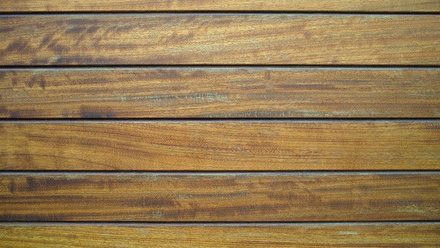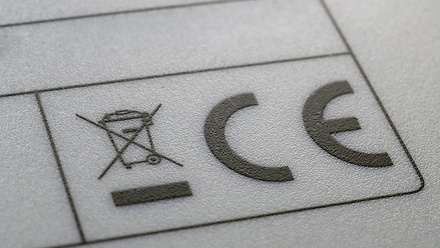Smart entrances start here: Specifying barrier matting that works
Architectural Technologists know that the entrance sets the tone for a building's performance, safety, and longevity. Yet, barrier matting is often overlooked in early specification stages, despite its critical role in reducing slip risks, protecting interior finishes, and lowering maintenance costs.
Accordinf to the Health & Safety Executive, 90% of slip accidents in public buildings occur on wet floors. A well-specified matting system can reduce tracked-in dirt and moisture by up to 90%, safeguarding both users and surfaces. But not all matting is created equal.
Gradus offers a structured three-step approach to selecting the right solution:
- Application: Match matting to footfall and wheeled traffic intensity – from light use in hotels to heavy-duty demands in hospitals and airports.
- Type & Performance: Choose between primary, hybrid, or secondary matting, with open or closed constructions and wiper configurations tailored to moisture and dirt removal.
- Coverage: Ensure full entrance width and adequate length based on peak traffic volumes, with guidance from HSL and EFSA.
Whether you're designing for a high-traffic commercial space or a secondary school entrance, the right barrier matting enhances safety, supports sustainability, and extends the life of internal floorcoverings.
Download the below guide to specifying barrier matting that works – and make smart entrances standard in your next project.






